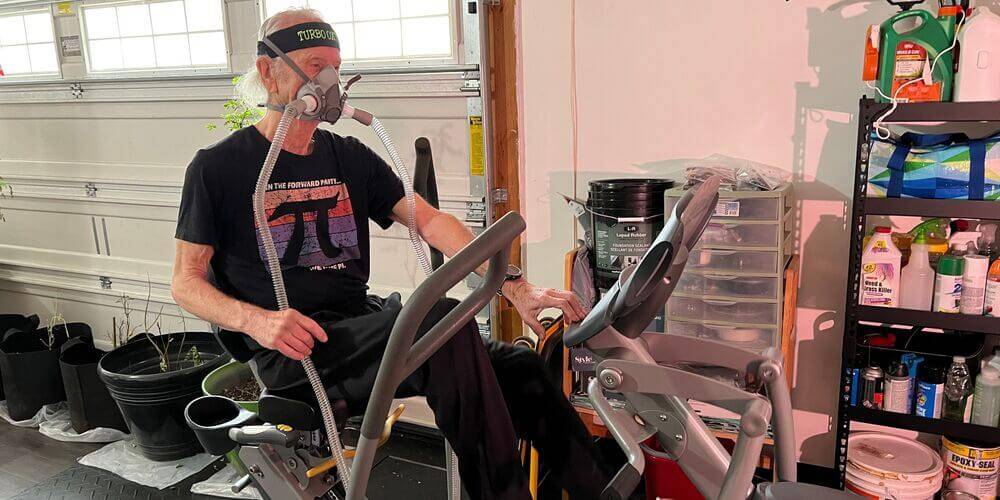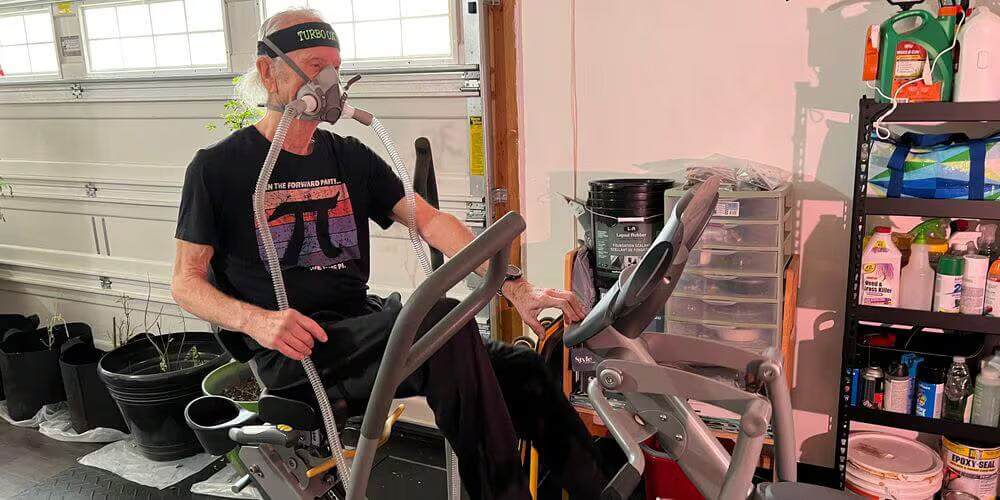Effets secondaires de l’oxygénothérapie/formation – Les faits que vous devez savoir
Effets secondaires de l’oxygénothérapie/formation – Les faits que vous devez savoir
26 octobre 2023, par Michael Grant White
Avez-vous déjà pensé aux effets secondaires de l’oxygénothérapie ? Apprenez-en davantage sur ses risques et avantages potentiels.

Le traitement, connu sous le nom d’oxygénothérapie, vous donne essentiellement l’oxygène supplémentaire dont vous avez besoin pour atteindre la « normale » médicale. C’est également connu sous le nom d’oxygène supplémentaire. Le mot clé « supplémentaire » implique que vous ne recevez pas suffisamment d'oxygène minimal pour maintenir le seuil minimal de 95 % d'oxygène.
Plusieurs problèmes médicaux peuvent entraîner un taux d'oxygène dans le sang trop faible, ce qui peut vous rendre fatigué, essoufflé ou même confus.
De mauvaises conditions pulmonaires peuvent nuire à l’efficacité de l’oxygénothérapie ou du turbo-oxygène, mais de nombreuses études montrent que, parce que l’oxygène est si fondamental pour la fonction cellulaire, il peut aider en cas de BPCO, de maladies cardiaques/pulmonaires et de presque tous les problèmes de santé.
Une personne « médicalement normale » doit avoir un taux d'oxygène dans le sang compris entre 95 et 100 % pour fonctionner ce que la médecine moderne considère comme « normal ». Si ce taux descend en dessous de 92 %, une oxygénothérapie supplémentaire est généralement nécessaire. Bien qu'il existe plusieurs utilisations de l'oxygénothérapie. Avec le mot « thérapie », cette « thérapie » implique généralement que vous êtes vu et surveillé par un médecin et que vous utilisez de l'oxygène pour un maintien de la vie supplémentaire.
Cette « thérapie », lorsqu'elle est complétée par des exercices améliorés par l'oxygène, peut être assez « thérapeutique », mais même avec de nombreuses études cliniques qui la soutiennent, la plupart des médecins ne sont pas familiers avec les exercices avec l'oxygénothérapie, alias EWOT, car cela dépasse souvent leur champ de pratique. . Le T dans l'EWOT signifiait à l'origine thérapie, mais je préfère « Formation » car cela reste en dehors de l'idée que l'on souffre de quelque chose alors que l'on pourrait bien se sentir bien mais veut simplement se sentir ou mieux fonctionner.
Demandez à votre guide ou à votre médecin comment mesurer et développer des niveaux d'oxygène avancés via les facteurs de charge VO2Max, aérobie, anaérobie et EPOC, ainsi que la réduction des niveaux d'acide lactique, et voyez ce que vous apprenez.
Variétés d'utilisation de l'oxygène pour la thérapie et la thérapeutique
Quelles affections médicalement diagnostiquées pourraient nécessiter une « THÉRAPIE » supplémentaire en oxygène ?
-
Fibrose kystique
Effets secondaires négatifs possibles des approches améliorées par l'oxygène
Soyez prudent

Rencontrez Mike White
Rencontrez Michael Grant White, le coach de respiration optimale et obtenez des informations concrètes sur votre développement respiratoire, votre santé et votre longévité.




